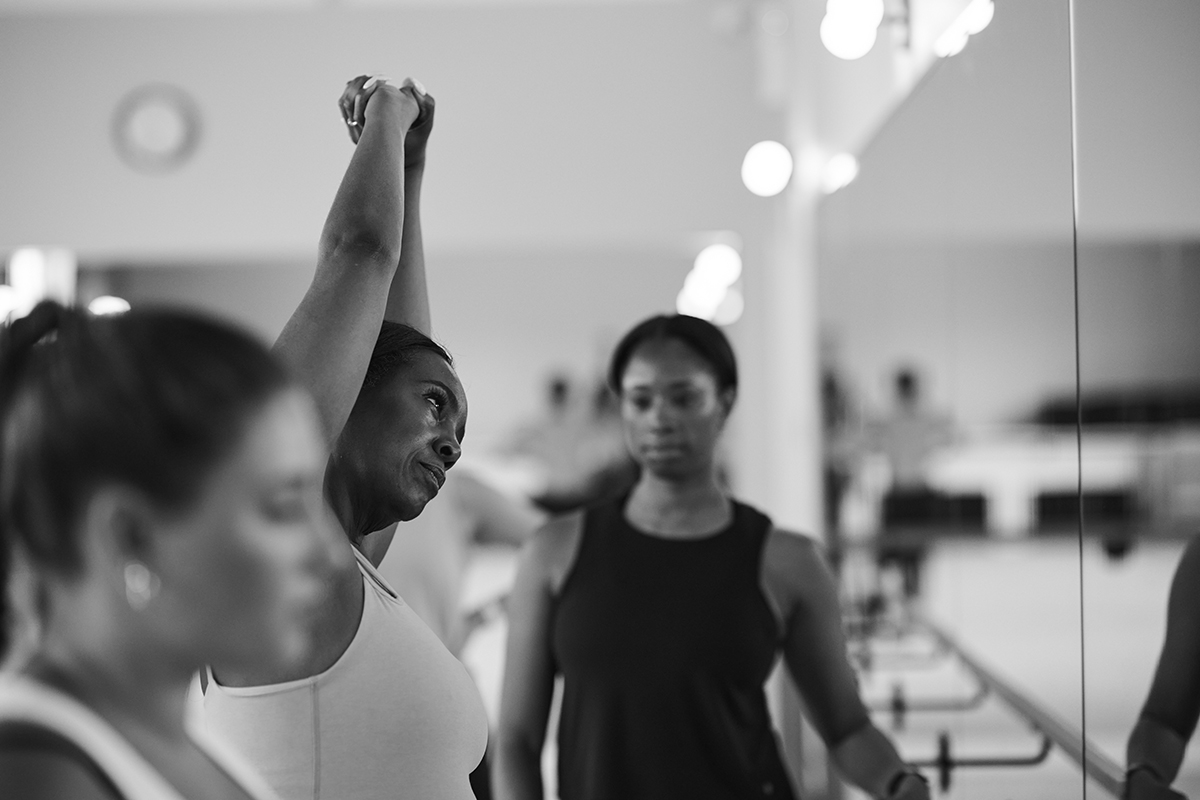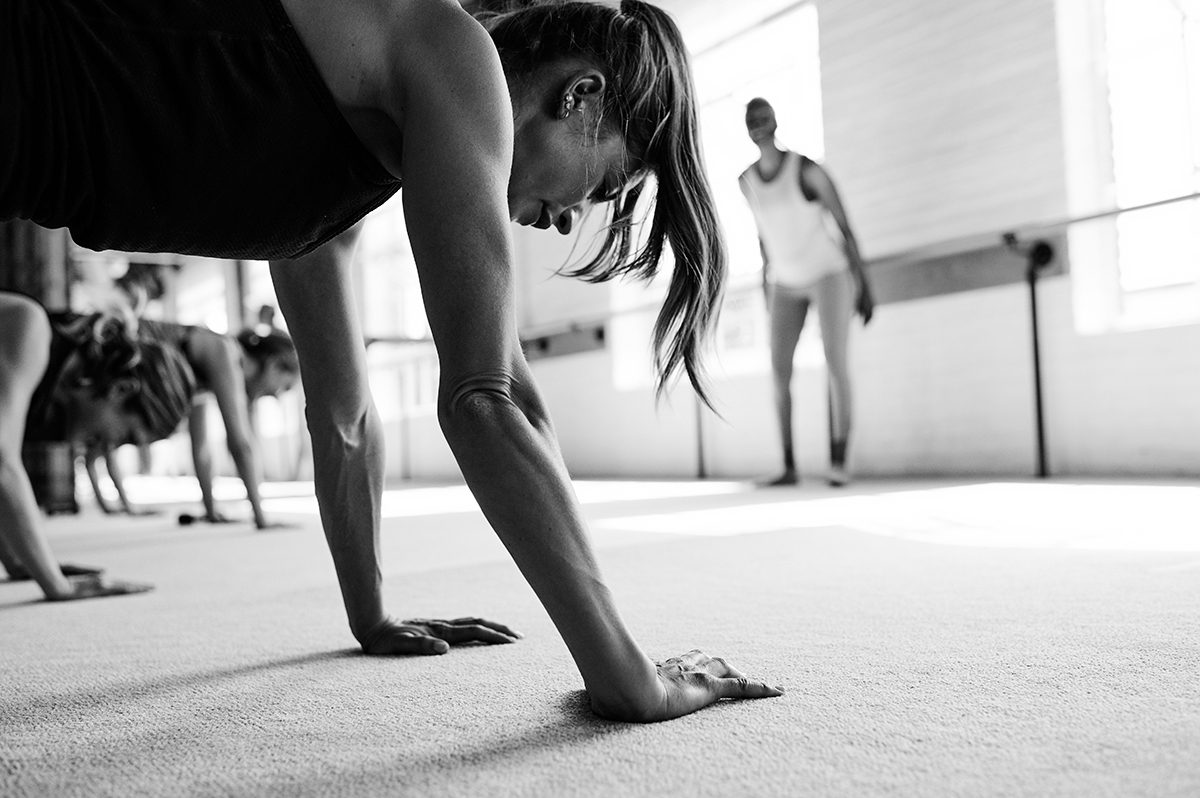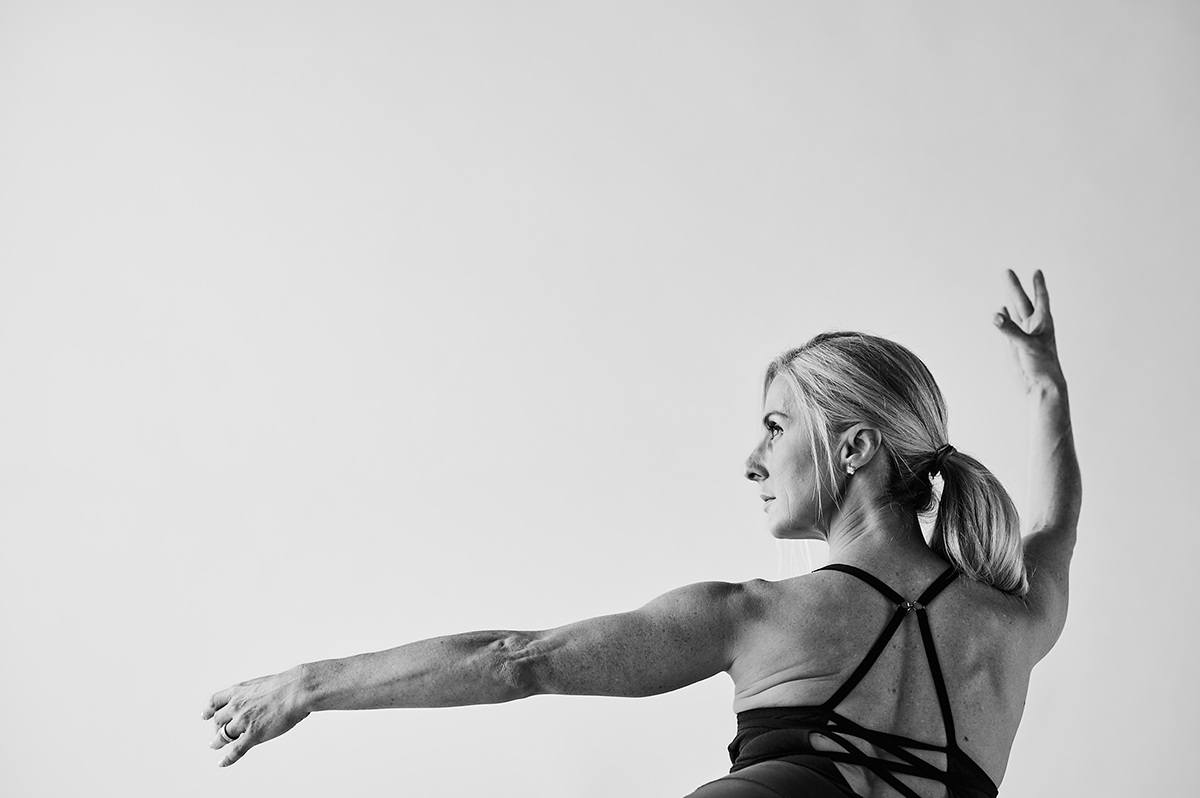New clients! For a limited time, Get 13 Classes for $78 (only $6 per class)
5 Exercises to Reduce Back Pain and Strengthen the Back
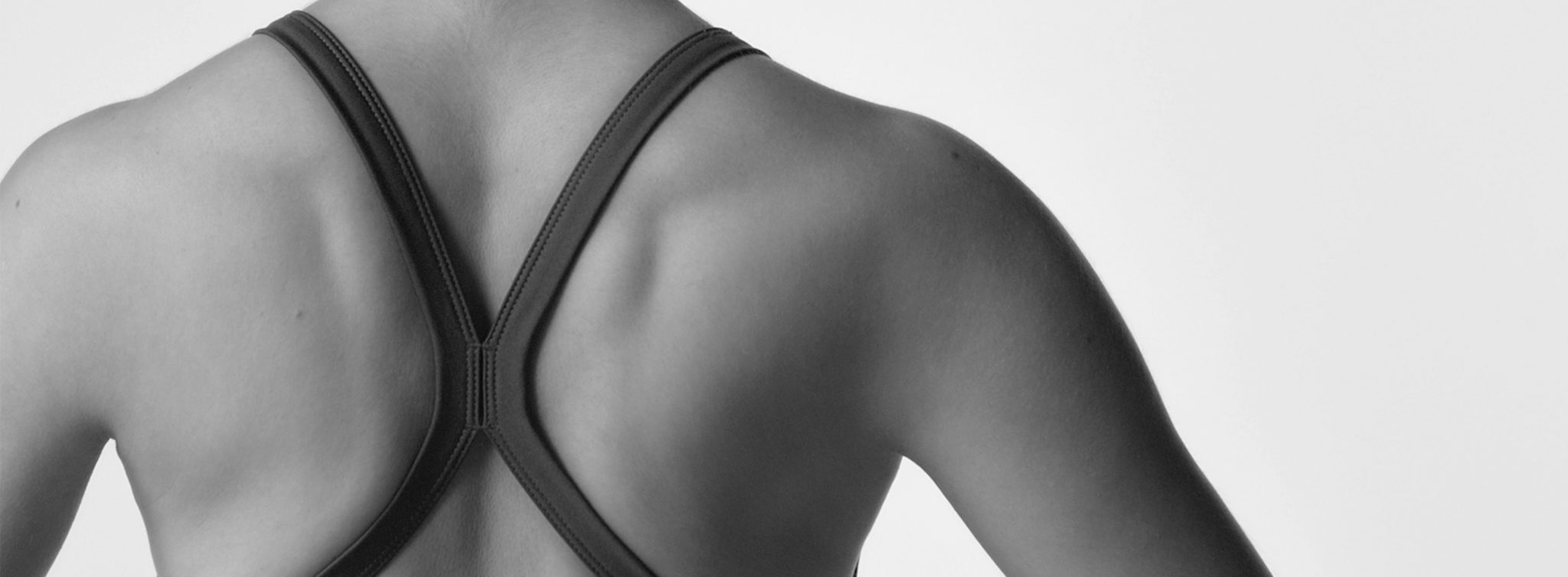
Back pain can develop from a variety of reasons, including poor posture, weak core musculature, and/or improper body mechanics performed throughout the day. Regardless of the cause, The Bar Method offers many exercises and stretches during class to help reduce back pain and strengthen the back. Here are a few favorites:

Forearm Plank
Strengthening the body’s core musculature is key to reducing back pain and preventing injury. Core muscles are made up of the abdominal, gluteal, back extensor and pelvic floor muscles. A forearm plank, on the knees or feet, is an excellent exercise to effectively target core muscles. Performing a plank at the beginning of class helps to warm up and recruit the body’s core muscles in order to efficiently work throughout class. The Bar Method instructors cue students to raise their hips in line with their shoulders during forearm plank to decrease pressure on the low back and to better engage the transversus abdominis muscle (TA). The TA muscle acts as the body’s ‘inner girdle’ that provides strength and support throughout the low back and abdomen. Taking challenge options, like bending-extending the legs, requires extra support from the back extensors and TA muscles. These options build increased strength and endurance in these muscles.

Standing Seat
This foundational Bar Method exercise utilizes upright posture, a pelvic tuck and small movements to strengthen the low back and gluteal muscles. Tucking the pelvis and pulling in your abdominal muscles during standing seat helps the body grip the glutes, which in turn contracts the hamstrings and back extensors. Maintaining proper posture and alignment during standing seat helps to train the body to hold these positions outside of class. This helps decrease unnecessary pressure and strain placed on the spine. Cues like, ‘lift your chin’, ‘draw your shoulder blades together’, and ‘pull your navel in’ are aimed to strengthen your postural and core musculature. These cues help to relax areas of the body that can hold tension and stress.

Floor Zinger
Floor Zinger is a fun exercise that puts a new spin on a classic physical therapy exercise. Performing the exercise in a tabletop position on the hands and knees (while pulling your abs in and drawing your working leg out the side), effectively engages the core muscles on both your working side and supporting leg. These include the gluteus medius, transversus abdominis muscle and back extensors. The Bar Method instructors cue students to lift their rib cage during this exercise to decrease pressure on the low back, while contracting the abdominals and back musculature. Completing small movements in your working leg, and raising your opposite arm up provides an even greater challenge to recruit and strengthen your core musculature.
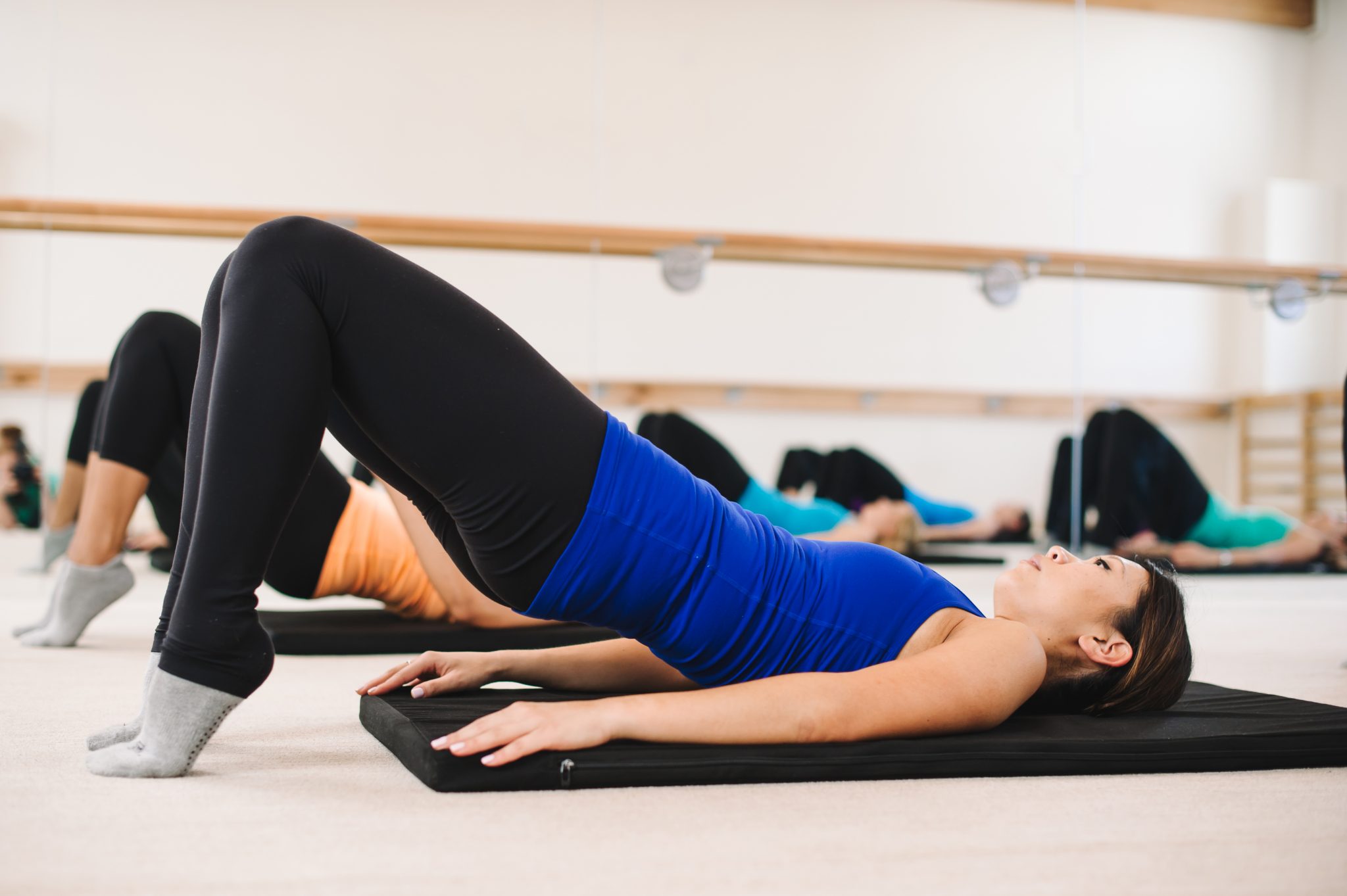
Back Dancing
As the last active exercise in any Bar Method format, back dancing is an energetic way to end class and provides multiple benefits to the body. The small and large tucks in back dancing engages the glutes, hamstrings, low back and abdominal muscles. This exercise offers one last opportunity to strengthen these muscles before final stretch. Pressing the ribcage down and only lifting the hips and waist off of the floor stabilizes the upper body. This requires increased control from the deep abs (TA muscle) and back extensors as compared to traditional bridges. Lastly, the up and down movements of the pelvis during back dancing provides an active stretch in the vertebrae of the lower thoracic and lumbar spine. This is a great way to prepare the body for the final strap stretch at the end of class.

Cat/Cobra & Child’s Pose
The final stretch sequence in class provides an effective way to strengthen and stretch the muscles throughout the back. Cat stretch performed in a tabletop position helps to lengthen the muscles along the back, and ease tension throughout the back of the body. Cobra actively engages the upper and lower back extensors of the spine, while stretching the abdominals and hip flexors. This position helps to reduce tension in the pelvis and low back. Child’s pose is a gentle position that helps stretch the glutes and low back. It also provides relaxation after a challenging workout. Deep breathing in this position helps to pull in abdominals, increases circulation, eases tension in the spine and reinforces the strong mind-body connection. This is an ongoing core object of The Bar Method.
Whether you are dealing with back pain or looking for ways to prevent injury, The Bar Method offers a variety of exercises that safely and effectively strengthen the back and protect the spine. We can’t wait to see you in class.

About the Author
Kerrisa Smith Manheimer has been a licensed physical therapist for almost 15 years, working in a variety of settings during her career, including orthopedics, outpatient neuro, acute rehab, skilled nursing, acute care and home health. Kerrisa has been a Bar Method student for over 8 years, and an instructor for over 6 years. She began her teaching career at The Bar Method’s flagship Marina studio in San Francisco, and recently relocated to the Boston area where she teaches at the Back Bay and Downtown studios in Boston. Kerrisa has been the Bar Method national physical therapy consultant for over 4 years, and finds great satisfaction working with The Bar Method HQ team, studio owners and clients. Kerrisa lives in Newburyport, MA with her husband Jeff, and their Bernese Mountain dog, Frankie. In addition to taking Bar Method classes, Kerrisa loves to travel and explore new restaurants with her husband and friends in her free time.

